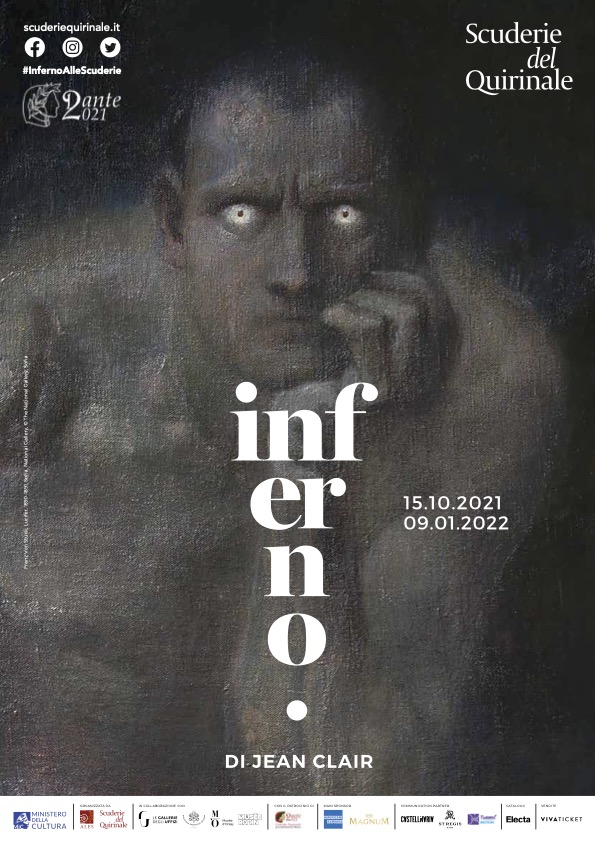Dante, Author of the Divine Comedy
When the complete Divine Comedy came out, probably in the spring of 1322, just a few months after Dante’s death, it met with an immediate and resounding success, which is borne out by the many 14th-century manuscripts that have survived the ravages of history.
However, the poem was certainly not an accessible work. The allegorical obscurity of certain passages, the complexity of the narrative structure, and the difficulties associated with the author’s vast doctrinal knowledge gave rise to a flood of written commentaries and illustrations guiding its comprehension and interpretation that would contribute to establishing what would become the canon of otherworldly iconography, especially with regard to the inferno. In fact, the first of the three cantiche, in particular, offered settings, stories, landscapes, and allegories ready to be used in visual transpositions and in the creation of unforgettable pictures.
Having lost the Dantean originals, the oldest examples of the Comedy to have survived date from just over a decade after the poet’s death. They would become more numerous in the second half of the 14th century, when the speed of transmission and geographical diffusion of the poem reached new heights. There is also a large body of 15th-century witnesses of the Comedy, several fine examples of which are on display in the exhibition, forming a rich mine of information that not only assists us in exploring the geographical and social diffusion of the poem but also in studying the manuscripts, the single copyists and illuminators, as well as the centres copying and producing the Dantean text.
The tradition of the Comedy in the second half of the 15th century, already vast and heterogeneous, was further enriched by the advent of print. 1472 saw the publication of the editio princeps in Foligno and the following century was marked by the impressive editorial and cultural success of the Divine Comedy, although this would ebb by the end of the 1500s. The Seicento, which saw just three editions coming out, was known as the “century without Dante”, a low point in the history of the manuscript and print tradition of Dante’s Comedy.
The 18th century saw a rekindling of interest in the poem that first emerged in the context of the late Enlightenment and proto-Romantic culture in France, Germany, and England, spurred also by an unwaning interest in medieval civilization and by the success of some of the more popular episodes of the poem.
The political and literary relevance of Dante accompanied by the visual success of his effigy would re-erupt between the Neoclassical and Romantic eras, expanding throughout the 19th-century Europe and shaping the cult of Dante which, during the course of the Italian Ottocento, would come to embody the ideal of unity in language and culture paving the way for national unification.



